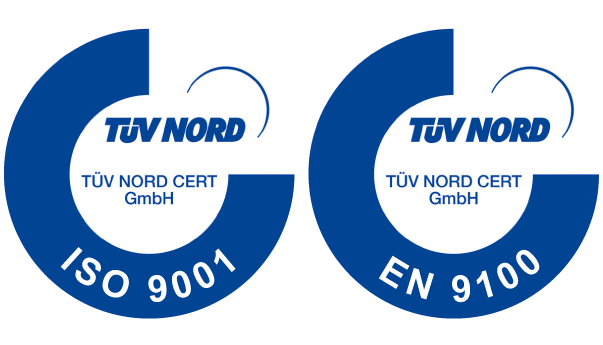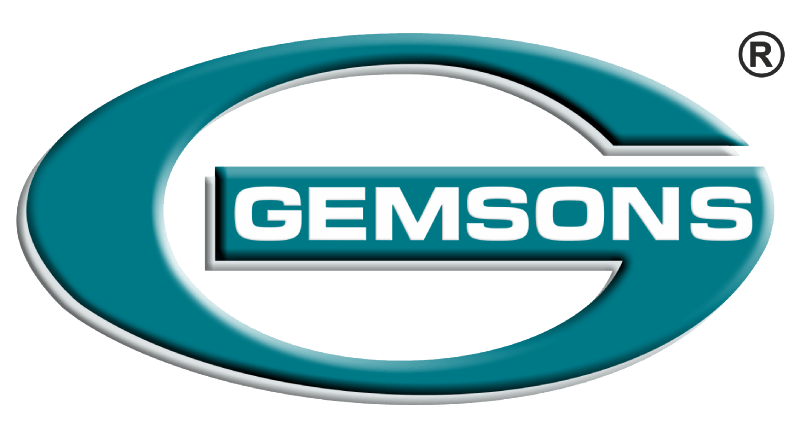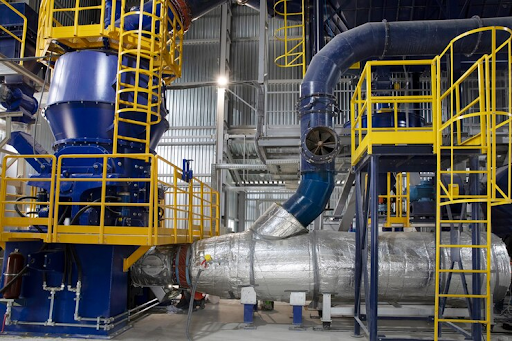The oil and gas industry, a cornerstone of global energy production, faces unique challenges when it comes to safety and compliance. Managing these challenges is not just a regulatory requirement; it is a crucial aspect of ensuring the well-being of personnel, protecting the environment, and maintaining operational integrity.
In this exploration, we’ll delve into the intricacies of managing safety and compliance challenges in the oil and gas industry, specifically focusing on oil and gas parts.
Ten Ways to Manage the Safety and Compliance Challenges – Oil and Gas Industry
1. Rigorous Safety Protocols
Safety is paramount in the oil and gas sector, where operations involve complex machinery, hazardous materials, and challenging environments. Implementing rigorous safety protocols ensures that workers are adequately trained, equipped, and informed about potential risks. This includes regular safety drills, emergency response plans, and continuous monitoring of workplace conditions.
2. Compliance with Industry Standards
The oil and gas industry operates within a web of stringent regulations and standards established by regulatory bodies such as the Occupational Safety and Health Administration (OSHA) and the AmeriPetroleum Institute (API).
Ensuring compliance with these standards is not only a legal requirement but also a fundamental aspect of maintaining a safe and efficient operation.
3. Equipment Inspection and Maintenance
Oil and gas operations rely heavily on specialized equipment and machinery. Regular inspection and maintenance of oil and gas parts, including drilling components, pipelines, and processing units, are essential for preventing equipment failures that could lead to accidents, leaks, or other hazardous situations.
4. Risk Assessment and Management
Comprehensive risk assessment is crucial for identifying potential hazards associated with specific oil and gas operations. This includes assessing risks related to equipment failure, human factors, and environmental considerations. Once identified, these risks are managed through preventive measures, safety protocols, and contingency plans.
5. Training and Competency Programs
Ensuring that personnel possess the necessary skills and knowledge to handle their roles safely is integral to a robust safety and compliance framework. Implementing ongoing training programs, including specialized training for handling oil and gas components, enhances the competency of the workforce and reduces the likelihood of human error.
6. Environmental Protection Measures
Oil and gas operations inherently carry environmental risks. Implementing measures to prevent and mitigate environmental impact is crucial. This includes spill response plans, waste disposal procedures, and the use of environmentally friendly technologies. Compliance with environmental regulations is non-negotiable for sustainable and responsible operations.
7. Emergency Response Planning
Despite rigorous preventive measures, the unexpected occurs. Robust emergency response plans are vital for swiftly and effectively addressing incidents. This includes having the necessary resources, personnel, and equipment in place to contain, control, and resolve emergencies, minimising the impact on both people and the environment.
8. Integration of Technology
Leveraging technological advancements is becoming increasingly important in managing safety and compliance in the oil and gas industry. The use of sensors, data analytics, and automation technologies enhances the monitoring of operations, enabling real-time assessment of safety parameters and proactive identification of potential issues with oil and gas parts.
9. Supply Chain Integrity
Ensuring the integrity of the supply chain for oil and gas components is critical. This involves working with reliable suppliers, conducting thorough quality checks, and adhering to industry standards for materials and manufacturing processes. A robust supply chain contributes to the overall reliability and safety of equipment.
10. Continuous Improvement Culture
Finally, establishing a culture of continuous improvement is essential for adapting to evolving safety standards and industry best practices. Regularly reviewing and updating safety protocols, incorporating lessons learned from incidents, and fostering a mindset of continuous learning contribute to the ongoing enhancement of safety and compliance measures.
Conclusion
Managing safety and compliance is a multifaceted endeavour in the dynamic and challenging landscape of the oil and gas industry. From the meticulous inspection of oil and gas parts to the implementation of advanced technologies and continuous improvement initiatives, every aspect plays a crucial role in maintaining a secure and compliant operation.
Gemsons is your trusted partner in navigating safety and compliance challenges within the oil and gas industry. Our comprehensive services extend to the meticulous inspection and maintenance of critical oil and gas parts, ensuring the integrity, safety, and compliance of your operations. Choose Gemsons for a secure and compliant future.



Recent Comments